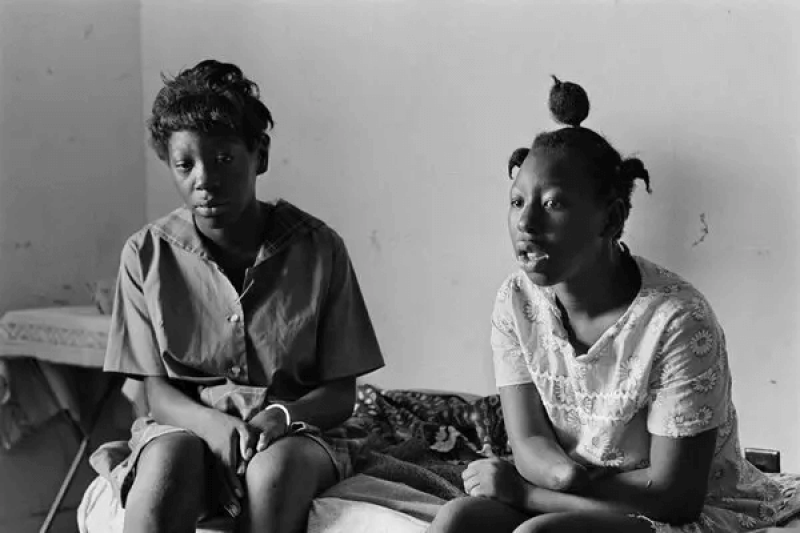In the summer of 1973, Minnie Lee and Mary Alice were taken from their home in Montgomery, cut open and sterilized against their will and without the informed consent of their parents by a physician working in a federally funded clinic.
The Relf case would change the course of history: A lawsuit filed on their behalf, Relf v. Weinberger, helped reveal that more than 100,000 mostly Black, Latina and Indigenous women were sterilized under U.S. government programs over decades. It also officially ended this practice and forced doctors to obtain informed consent before performing sterilization procedures — though as it would turn out, forced sterilizations by state governments would continue into the 21st century.
From 1907 to 1932, 32 states passed explicit eugenics laws that allowed for the government to sterilize the “insane,” the “feebleminded,” the “dependent” and the “diseased” — all of whom were deemed incapable of making their own decisions about reproduction.
Some states have begun to go beyond apologies. Three so far, Virginia, North Carolina and California, have established programs to compensate victims of forced sterilization. But Alabama, where the Relf sisters were forcibly sterilized and which has been their home all their lives, is not one of those states, and the federal government has made no such moves. The Relf sisters subsist in obscurity on meager Social Security checks.
































